GERMANY
11 Courses
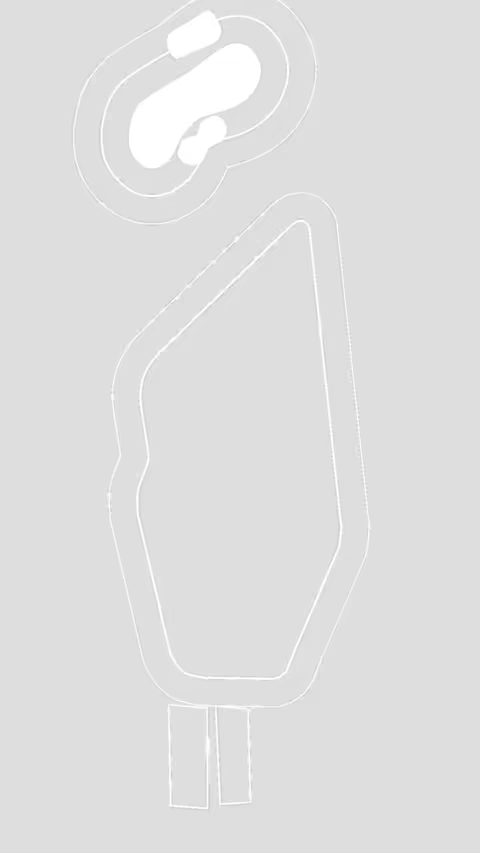
Golf in Germany: Precision Engineered Fairways Amidst Castles and Vineyards
Golf in Germany combines technical precision with a landscape of fairy-tale castles, rolling vineyards, and dense forests, creating a golfing experience that reflects the country’s engineering ethos and natural beauty.
The sport’s roots date back to 1895 when the first course, Hamburg Falkenstein, was established by British merchants, but it wasn’t until the post-WWII era that golf truly flourished, with German architects like Bernhard von Limburger blending parkland and heathland styles into strategic designs.
Key regions include Bavaria, where alpine foothills shape courses like Golf Club München Eichenried, host of the BMW International Open; the Rhineland, with vineyard-lined fairways at Golf Club Bad Neuenahr; and the North Sea coast, where links-style courses like Golf Resort Fleesensee offer windswept challenges.
Signature courses include Golf Club St.
Leon-Rot, a 36-hole complex designed by David Krause and host of the Solheim Cup 2015, featuring water hazards and undulating greens; the Sporting Club Berlin, a Faldo Design masterpiece with deep bunkers and risk-reward holes; and Budersand Sylt, a links-style course on the North Sea island of Sylt, designed by Rolf-Stephan Hansen to blend with coastal dunes.
Player development is structured through the German Golf Association’s (DGV) youth programs, producing stars like Martin Kaymer, two-time major champion, and Sophia Popov, the 2020 Women’s British Open winner.
Golf tourism thrives from May to October, with packages pairing rounds at Frankfurter Golf Club with Rhine River cruises or rounds in Baden-Baden with spa visits.
Sustainability is prioritized, with clubs like Golf Club Gut Lärchenhof using solar energy and rainwater harvesting, while Golf Club Budersand protects endangered seabird habitats.
Future projects include the redesign of Cologne Golf Club by European Golf Design and Germany’s bid for the 2027 Solheim Cup.
German golf culture maintains a balance of tradition and modernity, with clubs enforcing smart-casual dress codes but embracing relaxed attitudes in newer facilities..
